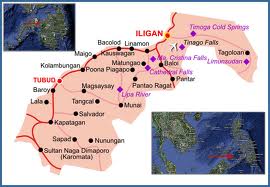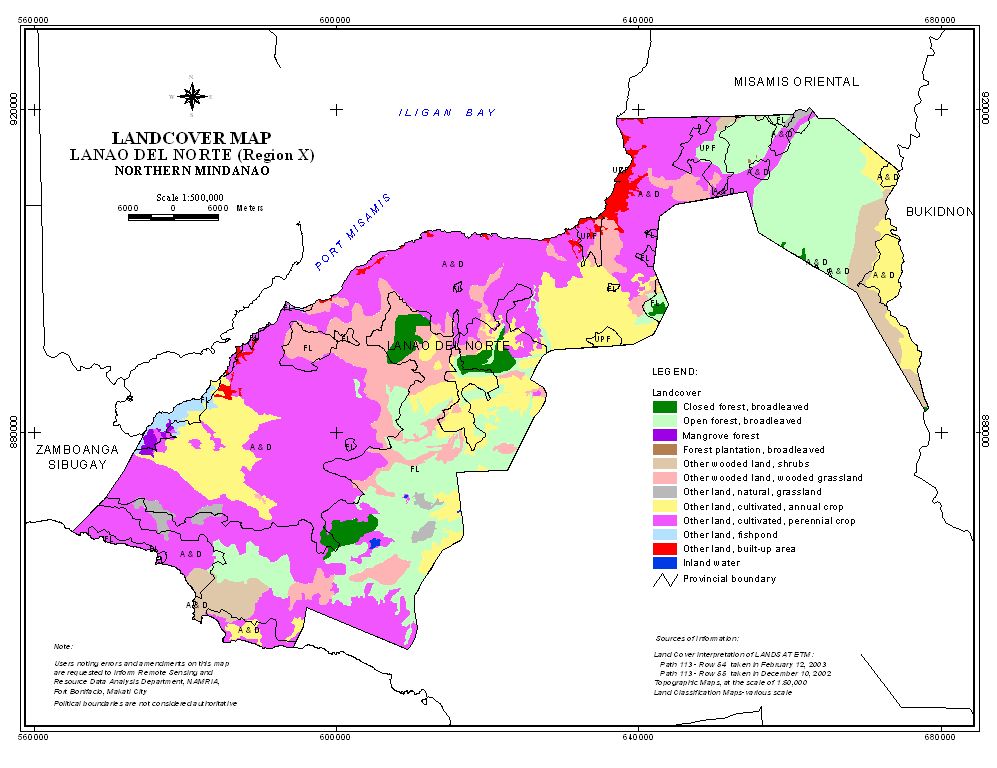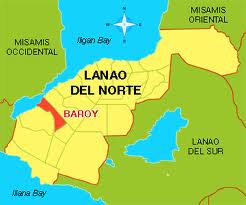
-
МјРЇСІИёСЖШИМі
-
 И№ОЫ КИОЫ Йъ ЗЛЦЎЧЯБт~ ИЎСЖЦЎ ПЙОрБюСі
И№ОЫ КИОЫ Йъ ЗЛЦЎЧЯБт~ ИЎСЖЦЎ ПЙОрБюСі 89,458
89,458 -
 [ЧЪИЎЧЩ ММКЮ] ФЋИ№ХзНК ПЉЧр 100Йш СёБтБт
[ЧЪИЎЧЩ ММКЮ] ФЋИ№ХзНК ПЉЧр 100Йш СёБтБт 48,907
48,907 -
 ИЖДвЖѓ НУГЛ - ИЎРп АјПјСЄКИ. (ЛчСј 16Рх ЦїЧд)
ИЖДвЖѓ НУГЛ - ИЎРп АјПјСЄКИ. (ЛчСј 16Рх ЦїЧд) 30,790
30,790 -
 ММКЮРЧ СіПЊСЄКИ15,529
ММКЮРЧ СіПЊСЄКИ15,529 -
 ИЖДвЖѓ БйБГ - ЕћАЁРЬЕћРЬ ПЉЧр СЄКИ14,341
ИЖДвЖѓ БйБГ - ЕћАЁРЬЕћРЬ ПЉЧр СЄКИ14,341 -
 [ЧЪИЎЧЩ ММКЮ/ИЗХК] ШЃХк МїЙк ПфБн Йз СЄКИ13,319
[ЧЪИЎЧЩ ММКЮ/ИЗХК] ШЃХк МїЙк ПфБн Йз СЄКИ13,319 -
 КИЖѓФЋРЬРЧ И№Еч И№НРРЛ КММі РжДТ ЛчСјУИ.13,132
КИЖѓФЋРЬРЧ И№Еч И№НРРЛ КММі РжДТ ЛчСјУИ.13,132 -
 ИЖДвЖѓ БйБГ - ЦХЛѓЧб ЦјЦї ПЉЧрСЄКИ12,832
ИЖДвЖѓ БйБГ - ЦХЛѓЧб ЦјЦї ПЉЧрСЄКИ12,832 -
 [ММКЮ-ЙшМБТјРх] МБЙкШИЛч РќШЙјШЃПЁПф~12,445
[ММКЮ-ЙшМБТјРх] МБЙкШИЛч РќШЙјШЃПЁПф~12,445 -
 ИЖДвЖѓ СіПЊ(ПЁИЃЙЬХИ -ИЛЖѓХз)РЧ СіЕЕ/ЧбБЙ РННФСЁ/МюЧЮИє12,113
ИЖДвЖѓ СіПЊ(ПЁИЃЙЬХИ -ИЛЖѓХз)РЧ СіЕЕ/ЧбБЙ РННФСЁ/МюЧЮИє12,113
Lanao Del Norte Philippines

Lanao del Norte (Cebuano: Lalawigan sa Lanao del Norte; Tagalog: Lalawigan ng Lanao del Norte / Hilagang Lanao), is a province of the Philippines located in the Northern Mindanao region. Its capital is Tubod. The province borders Lanao del Sur to the southeast, Zamboanga del Sur to the west, Illana Bay to the southwest, Iligan Bay to the north, Iligan City to the northeast, and is separated from Misamis Occidental by Panguil Bay to the northwest. According to the 2007 census, the province has a total population of 538,283.
Geography
Lanao del Norte is a rugged province that ranges from the coastal shorelines in the north to the high plateaus and mountains in the south. It has also diverse flora and fauna.

History
Republic Act No. 2228 divided Lanao in to two (2) provinces giving birth to Lanao del Norte and Lanao del Sur. The new province was inaugurated on July 4, 1959 making Iligan City as the capital. Salvador T. Lluch was the first Governor of Lanao del Norte. Second was Mohammad Ali Dimaporo, from January 1960 to September 1965 when Governor Dimaporo ran and won the congressional seat of the province. By operation of the law of succession, Vice Governor Arsenio A. Quibranza became the third Provincial Chief Executive of the province. By the mandate of the inhabitants, Governor Quibranza was elected Governor in 1967 and almost unanimously re-elected in 1971 and again in 1980.
In 1977, President Ferdinand E. Marcos signed Resolution No. 805 series of 1977 of the Sangguniang Panlalawigan (Parliamentary Bill No. 586) sponsored by Assemblyman Abdullah D. Dimaporo, into Presidential Decree 181 transferring the province's capital from Iligan City to the municipality of Tubod.
In October 1984, inaugural ceremonies were held to celebrate the occasion of the transfer of the Provincial Capitol from Poblacion, Tubod to the Don Mariano Marcos Government Center (now Governor Arsenio A. Quibranza Provincial Government Center) at Pigcarangan, Tubod, Lanao del Norte.
By virtue of the power and impact of the Peopleтs Power Revolution at Edsa, Manila on February 25, 1986, local government all over the Philippines changed the political atmosphere overnight. Lanao del Norte became one among the many provinces affected by the sudden changes brought by the тSnap Electionт on February 1986. Local heads of offices and employees particularly those holding political positions were destabilized but with the installation of President Corazon Aquino as president, OIC Atty. Francisco L. Abalos became the appointed governor of the province on March 3, 1986. On February 2, 1988, Atty. Abalos was elected as governor of the province.
In the Synchronized National Election of May 11, 1992, Congressman Abdullah D. Dimaporo, a legislator and economist, was elected Provincial Governor. The Provincial government embarked on a comprehensive planning and set the groundwork for the development of the province
In the 1998 national and local elections, Imelda Quibranza-Dimaporo, wife of Governor Abdullah. D. Dimaporo was elected as Provincial Governor. Despite the outbreak of the conflict of the MILF and the Philippine Army in Kauswagan last March 2000, through the provincial government's effort, peace and order was restored in the province.
The Provincial Government was also able to bring the province into the limelight with full media coverage, through the hosting of the First Mindanao Friendship Games at the Mindanao Civic Center in Tubod on November 11?15, 2001. Participants came from all over Mindanao representing the various LGUs in the island. The event was opened by President Gloria Macapagal-Arroyo.

Demographics
The people in Lanao del Norte are a mixture of Maranaos and Cebuanos. Historically, immigrants who came from the Christian provinces of Mindanao, Visayas and Luzon tended to settle in the Northern part of Lanao while the Maranaos inhabited the south. There are also a minority of Higaunons settling in the hinterlands of Iligan City.
Lanao del Norte is a predominantly Christian, which comprise almost 75% of the province, with a minority of practitioners of Islam (almost 20%).
The Maranao is an ethnic group of Malay descent. They settled in the area long before the advent of the Spaniards in the Philippines. They possess their own culture and civilization which makes them quite unique. Their language, customs, traditions, religion, social system, costumes, music, and other features are factors that make Lanao peculiar and distinct from other Philippine provinces.
Economy
The economy in Lanao del Norte is predominantly based on agriculture and fishing. Factories are mostly based in Iligan City. Lanao del Norte is the home of Agus Power plants 4, 6, and 7 that stretch from Baloi to Iligan City. It serves as the power supply in some parts of Mindanao. Tourism is also a growing economy in the province.
- ЁЄ
- ЁЄ
- ЁЄ
- ЁЄryWvMVxeet
- ЁЄryWvMVxeet
- ЁЄryWvMVxeet\'\"\\(
- ЁЄryWvMVxeetщ\'\"\\(
- ЁЄryWvMVxeet
- ЁЄryWvMVxeet
- ЁЄryWvMVxeet
- ЁЄryWvMVxeet
- ЁЄryWvMVxeet
- ЁЄryWvMVxeet
- ЁЄryWvMVxeet
- ЁЄryWvMVxeet















 ЧЪРкДхФФ ОпАЃЛѓДу ПРЧТ
ЧЪРкДхФФ ОпАЃЛѓДу ПРЧТ 12ГтПЌМг МвКёРкИИСЗ 1РЇ
12ГтПЌМг МвКёРкИИСЗ 1РЇ
 ГЛАд ИТДТ ОюЧаПј УЃБт
ГЛАд ИТДТ ОюЧаПј УЃБт
 ИЎОѓ ЧаБГ ЙцЙЎБт
ИЎОѓ ЧаБГ ЙцЙЎБт
 СжИЛПЁ ГЛАЁ ОЕ КёПыРК?
СжИЛПЁ ГЛАЁ ОЕ КёПыРК? УжАэАЁМККё РЬКЅЦЎ СёБтБт
УжАэАЁМККё РЬКЅЦЎ СёБтБт
 ЧіСіПЁМЕЕ ЧЪРкДхФФ!
ЧіСіПЁМЕЕ ЧЪРкДхФФ! ЧіСіПЁМ АЁДЩЧб
ЧіСіПЁМ АЁДЩЧб









 ЧЪРк ЦЏБо Ч§ХУ! ФСНУОюСі МКёНК
ЧЪРк ЦЏБо Ч§ХУ! ФСНУОюСі МКёНК
































